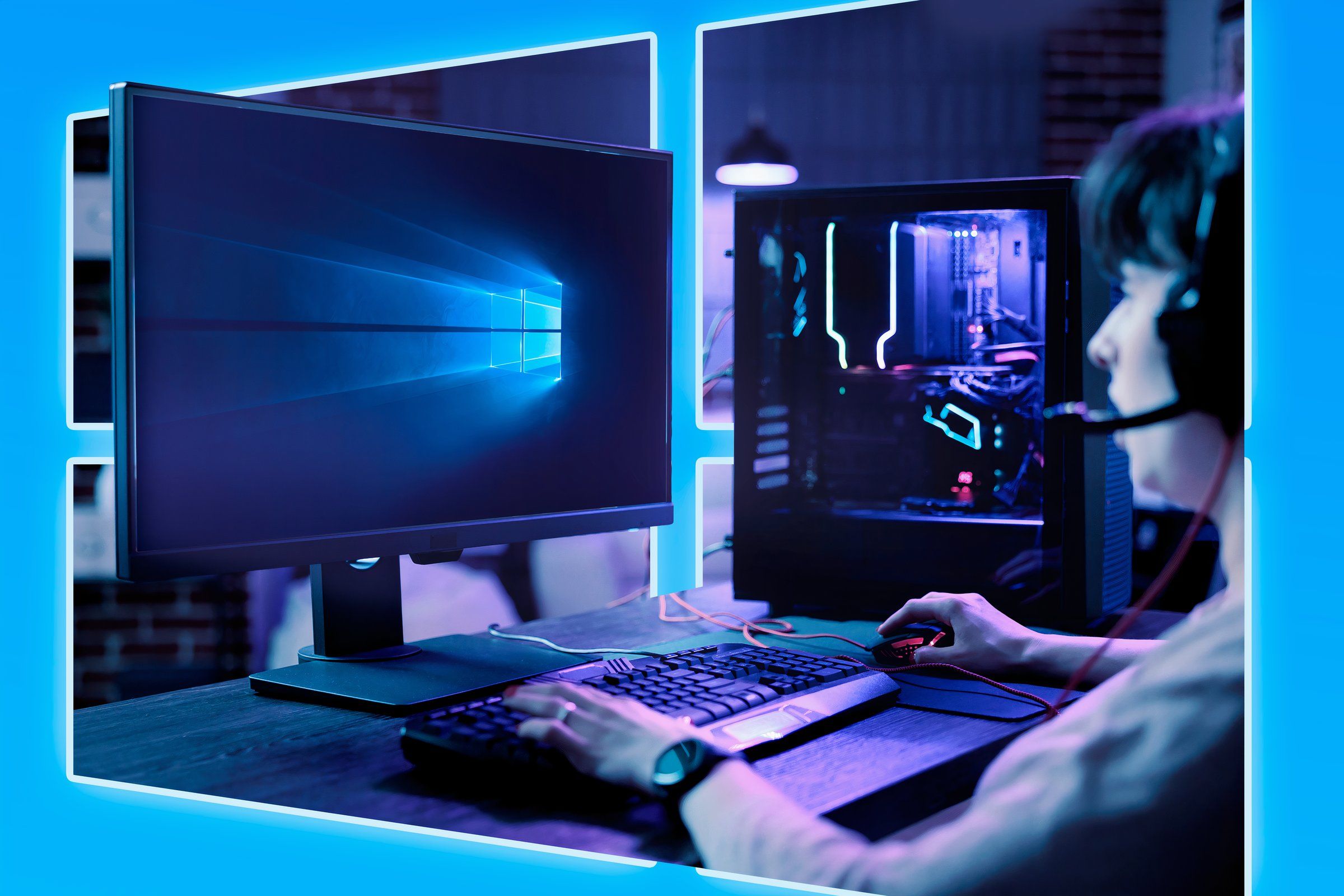Aoteng Insights
Your go-to source for the latest trends and insights.
Level Up Your Windows Gaming Experience with These Sneaky Tips
Unlock hidden tricks to supercharge your Windows gaming! Discover sneaky tips that will elevate your gameplay to the next level.
Essential Tweaks for Optimizing Your Windows Gaming Performance
When it comes to enhancing your Windows gaming performance, there are several essential tweaks that can make a significant difference. First, ensure that your graphics drivers are updated regularly. Outdated drivers can lead to poor performance and instability in games. To update your drivers, visit the official website of your graphics card manufacturer and download the latest version available. Additionally, consider optimizing your game settings by adjusting the resolution and texture quality, aiming for a balance between visual fidelity and frame rates. For better performance, many gamers also disable unnecessary background applications before launching a game.
Another vital step is to tweak your system settings. Disable Game Mode if it does not provide any noticeable improvement or enable it to see if it enhances your gameplay experience. You can also adjust the power settings on your PC to High Performance mode to prevent your system from throttling performance during intensive gaming sessions. Lastly, regularly defragment your hard drive, if you're using an HDD, or use a tool like Windows Disk Cleanup to free up space and improve loading times. These small adjustments can collectively help you achieve an optimized and immersive gaming experience.

Top 5 Hidden Features in Windows You Didn't Know Could Boost Your Gaming
When it comes to optimizing your gaming experience on Windows, many users overlook the hidden features that could enhance performance and responsiveness. One such feature is the Game Mode, which prioritizes CPU and GPU resources for your games. By enabling Game Mode, you can ensure that background processes are minimized, allowing you to fully immerse yourself in your gaming sessions. To activate this feature, simply go to Settings > Gaming > Game Mode and toggle it on.
Another noteworthy feature is the Graphics Performance Preference, which gives you control over how your games utilize your system’s hardware. You can assign either the High Performance or Power Saver options for each game. To do this, navigate to Settings > System > Display, scroll down to Graphics settings, and select your game to customize its performance preference. This simple adjustment can significantly improve your game's frame rates and overall performance.
How to Troubleshoot Common Windows Gaming Issues Like a Pro
When gaming on Windows, encountering issues can be frustrating, but troubleshooting them doesn't have to be a daunting task. Start by ensuring that your graphics drivers are up to date; outdated drivers can lead to poor performance and compatibility problems. To check for updates, head to the Device Manager by right-clicking the Start menu and selecting the option. Expand the Display adapters section, right-click on your graphics card, and choose Update driver. If the problem persists, consider verifying the integrity of the game files through the game's launcher, such as Steam or Epic Games Store, which can help identify any corrupted files.
In addition to checking drivers, another common issue arises from background applications that consume system resources. Use the Task Manager (Ctrl + Shift + Esc) to identify and close applications that may be interfering with your gaming experience. Furthermore, adjusting your power settings to 'High Performance' can enhance performance by ensuring your CPU and GPU operate at their maximum potential. If you are experiencing connection issues, resetting your router and using a wired connection instead of Wi-Fi can significantly improve your online gaming stability.